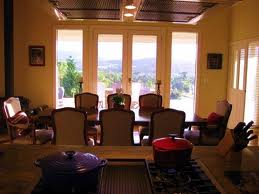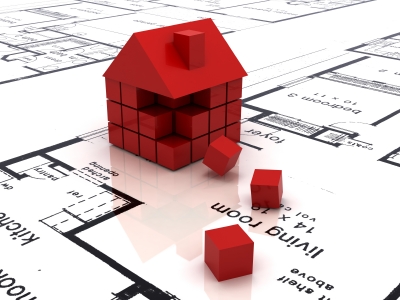 Some of the latest figures coming out of Southern Australia is that property values are set to double within the next 10 years. Does that lead to an economic boon or just false hopes?
Some of the latest figures coming out of Southern Australia is that property values are set to double within the next 10 years. Does that lead to an economic boon or just false hopes?
The latest RP Data Investors Report, released yesterday, highlights 15 suburbs and five towns where property prices have increased by at least 7.2 per cent a year over the past five years. If the suburbs and towns maintain similar levels of growth over the next five years, property prices will double over the decade. This means that an asset’s value will double over 10 years if it records an annual increase of 7.2 per cent.
This may seem like it is far fetched at this moment where the world economy is teetering on the edge of a nasty cliff of sorts. While this is true in many areas, there are some highlights. The RP Data Investors reports states, “Housing market conditions have been much weaker over the past five years and the suburbs highlighted have achieved a strong performance despite the overall weaker market conditions.”
There are 20 different areas highlighted in the report which show that prices are actually increasing. However, unit owners in the Norwood, Payneham and St Peters Council area among the most likely to experience a doubling of their property price. The report also shows that unit prices in Adelaide are far more likely to double than house prices.
Why is this happening? Well it is mostly a cultural, and migratory thing.
Toop & Toop managing director Anthony Toop said the area was being fuelled by urban renewal.
“It shows a growing trend that people want to live in those areas but in something that is modern and low-maintenance,” he said. “The Norwood, Payneham and St Peters area is really hot and very much in demand at the moment. It offers very attractive cosmopolitan living.”
People are moving towards different places, but are also developing a cultural trend in more modern and low-maintenance type of homes.
While the speculation of the doubling prices in real estate, units, and property is fun, only time will tell if this migrations continues, or if it will fizzle out within a few years.
Property owners have turned to BuilderSelector to help them with the process of building a new home or remodeling an older home. BuilderSelector works with homeowners to select the right contractor, cut through the red tape, and save money in the process. Check them out today to see how they can help you.




